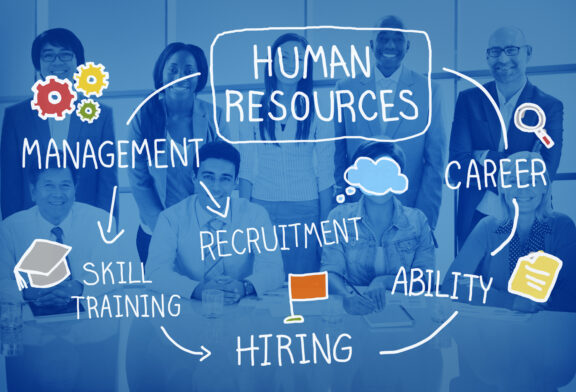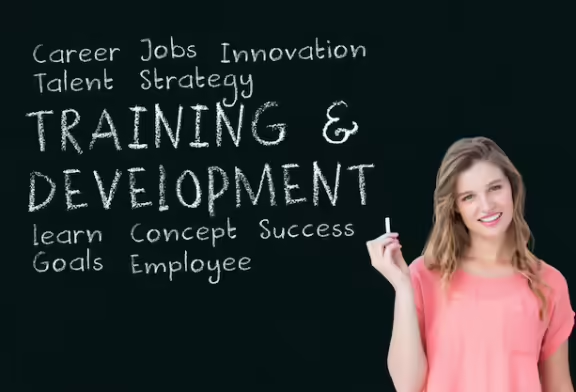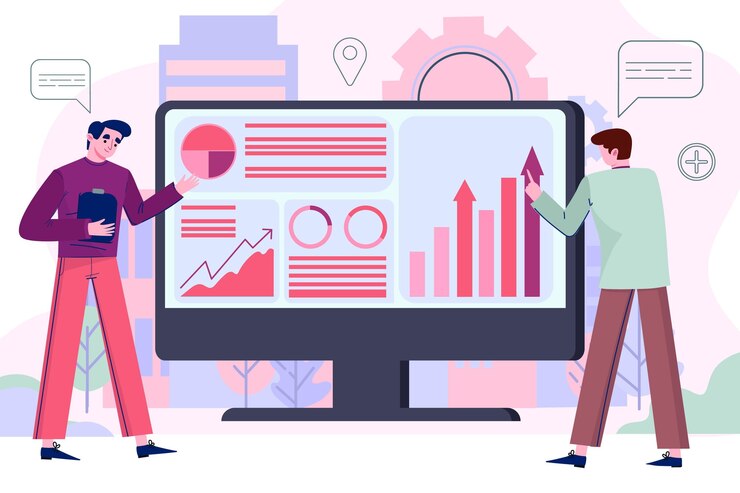
Being fit for a job role is important when it comes to effective project delivery. To identify if your workers are qualified for upcoming tasks and assignments, a very effective tool is the competency framework. This is one of the key factors that have made organisations lay stress on competencies.
As per an SRHM survey, 60% of companies have reported an improvement in employee engagement and performance by implementing a competency framework that suits their organisation.
Competencies and Their Importance
Being more than just learned skills, competencies refer to the knowledge base and behavioural traits seen in a person that are sought-after by a company when it comes to having them fill a certain job role or position.
Each role calls for some prerequisite skills as well as the right attitude. These are essential for completing a task successfully. Having the right competencies is the first step to proving that you are the right fit for a job. Further, by broadening your skill set, you can open your career up to better prospects.
Defining Competencies in the Organisational Context
When it comes to an organisation, competencies are turned into an exhaustive list.
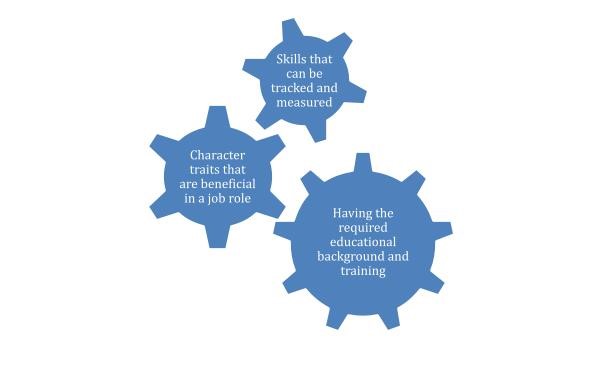
Further, using a competency framework can provide clarity to more than 85% of workers which made worker productivity rise by 30%.
The Role of Competencies in Driving Business Success
Having employees with the right set of skills helps businesses grow and reach their milestones easily. By recognising their competencies, the following benefits can be realised:
- Set standards that need to be maintained when delivering an assignment or project
- Identify inherent strengths and skills and build on them
- Conduct better and more effective recruitment drives
- Recognise tasks that are better outsourced than done in-house
- Create a career map for your employees
- Select those with potential and drive for succession training
- Design training programs tailored to grow the skills of your workers
- Improve the review and feedback process between the management team and workers
Further, competency frameworks are important during hiring new workers and can help reduce turnovers. This is because 80% of employee turnovers can be attributed to poor hiring decisions.
Emerging Competency Trends for 2025
The biggest drivers in the market in 2025 are:
- AI and Machine Learning
- Analytics and data-driven approaches
- Sustainability
- Digital literacy
- Cyber security and awareness regarding the same
- Use of software tools across sectors
- Upskilling
- Hybrid work as the norm for most
- Critical thinking
- Emotional intelligence (EI)
Structured, interactive workshops are essential to induce critical thinking, emotional intelligence, and other inherent traits. Recognising acquired skills and competencies and working on improving them can be significantly helpful.
Some useful learned competencies for 2025 are explained below:
The Impact of Digital Transformation
AI bringing a significant change in how tasks are performed could lead to the displacement of 75 million workers by 2025. However, by learning how to use AI ethically and effectively, people can not only bring synergy to the workforce but also change the way we take up analytics.
The Shift Toward Sustainability and Ethical Practices
Accounting for changes in the regulatory structure and global preferences, companies are also shifting their business practices to a more holistic approach. These involve taking up environmental and social responsibility as well as introducing ethical practices in governance.
Prioritizing Employee Well-being and Inclusivity
For a better, more productive work environment, having work life balance is essential for employees. Not only does this help them maintain their physical health but also their psychological health.
Further having an inclusive work environment that is free from bias helps increase the faith employees have in the Management which in turn boosts retention.
Top Competencies for Organisations in 2025
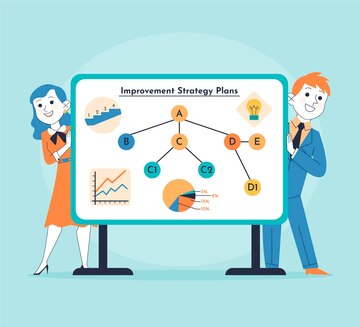
To be a top performer in 2025, some of the most important general competencies are:
Digital Literacy and Technological Adaptability
Considering most people work on computers or using computer aided designs, tools, and software, digital literacy (the basics that make up our foundational knowledge) is essential. Consequently, with the mileage AI and software tools are gaining, adapting to technology makes it easy to achieve even complex tasks.
Emotional Intelligence and Resilience
Being resilient in the face of challenges is an admirable quality in people, double so when it comes to their work ethic. To add, having emotional intelligence makes leaders receptive to the needs of people around them, especially their teammates.
Strategic Thinking and Problem-Solving
Taking an innovative strategic approach to both common and unique issues is a sought after quality in employees. It also shows that the employee in question has leadership potential and needs to be considered for succession planning.
Collaborative Leadership and Team Management
Working cohesively is imperative for smooth operations and timely project delivery. Thus being able to run collabs, work as a team, and manage projects efficiently is one of the most necessary competencies.
Data-Driven Decision Making
Decisions vis-à-vis business and associated tasks should be taken without bias and based only on data and analytics derived from said data. Thus, these are essential for people working in leadership or management positions or being trained for the same (as a part of succession planning).
How to Identify and Develop These Competencies in Your Workforce
Having or being aware of competencies is not enough. Behavioural or soft competencies like leadership skills, team work, and EI become evident in the way people approach tasks. However, learned competencies such as skills needed to qualify for a job needs to be evaluated periodically and added to.
Using Competency Frameworks and Assessment Tools
To know which competencies your workers possess and what needs to be cultivated, a competency framework can be an effective tool. Based on criteria which are important for a job role/ task, a comprehensive list can be created that makes it easy to evaluate each worker. These can be further classified into:
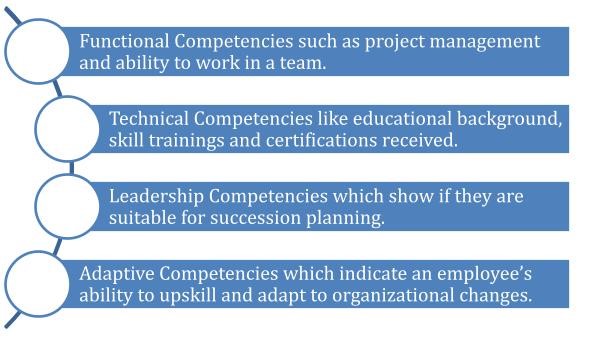
Leveraging Training Programs and Upskilling Initiatives
Based on the above mentioned competencies, each worker can be evaluated. Further, those lagging behind can receive additional skill development/ reskilling sessions. To add, those excelling at their job may opt for additional training programs to grow their knowledge base.
These sessions can be custom-made to suit the organisation as well as the employees with the help of a competency framework.
Integrating Competency Framework Software for Better Management
Designing and implementing a competency framework manually can be a huge time consuming task, even when it is a collaborative effort. Using software tools supported by AI can not only streamline the procedure but make it easy to deploy across sectors.
Challenges in Building Competencies and How to Overcome Them
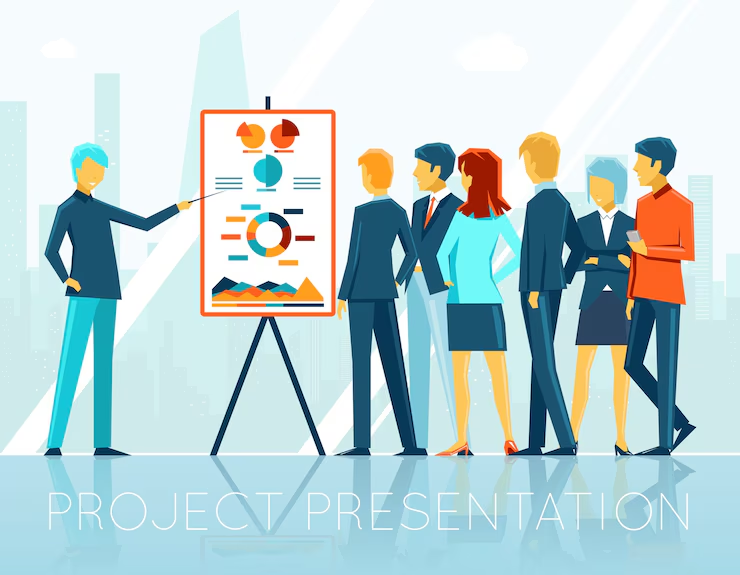
Issues that can come up when designing and implementing a competency framework is as follows:
Addressing Skill Gaps
While it is not expected for every worker to be equally adept in all subjects, having a certain amount of knowledge is necessary. In case any worker employee fails to meet the criteria they need to be provided with additional skill training sessions.
Having a guide in the form of a competency model framework, thus, helps recognise and address skill gaps.
Overcoming Resistance to Change
Not every employee or member of the management team will be equally interested in deploying a competency framework. These people need to be made aware of the benefits that it serves. Further, using software tools supported by AI the task of designing a competency model framework development process can be condensed into a few simple steps and integrate the existing system.
Aligning Competencies with Business Goals
Not all competencies are necessary for every task. Hence, these need to be arranged per the job roles. Further, the importance of each of these needs to be sorted as per their relevance.
By making competencies align with targeted business goals, organisations achieve set milestones with ease. Having a competency framework makes this easy to implement and achieve.
Measuring the Impact of Competency Development in 2025
In 2025, the biggest uses of competency frameworks are expected to be in Change Management, keeping the skills of the employees updated, and analytics. By implementing a competency framework, project delivery can receive up to a 25% boost. Further, it also displayed a 50% increase in the efficiency of collaborative projects.
Thus, opting for skill development by using a competency framework not only can improve the skill sets of your employees but also use it as the foundation for success.



